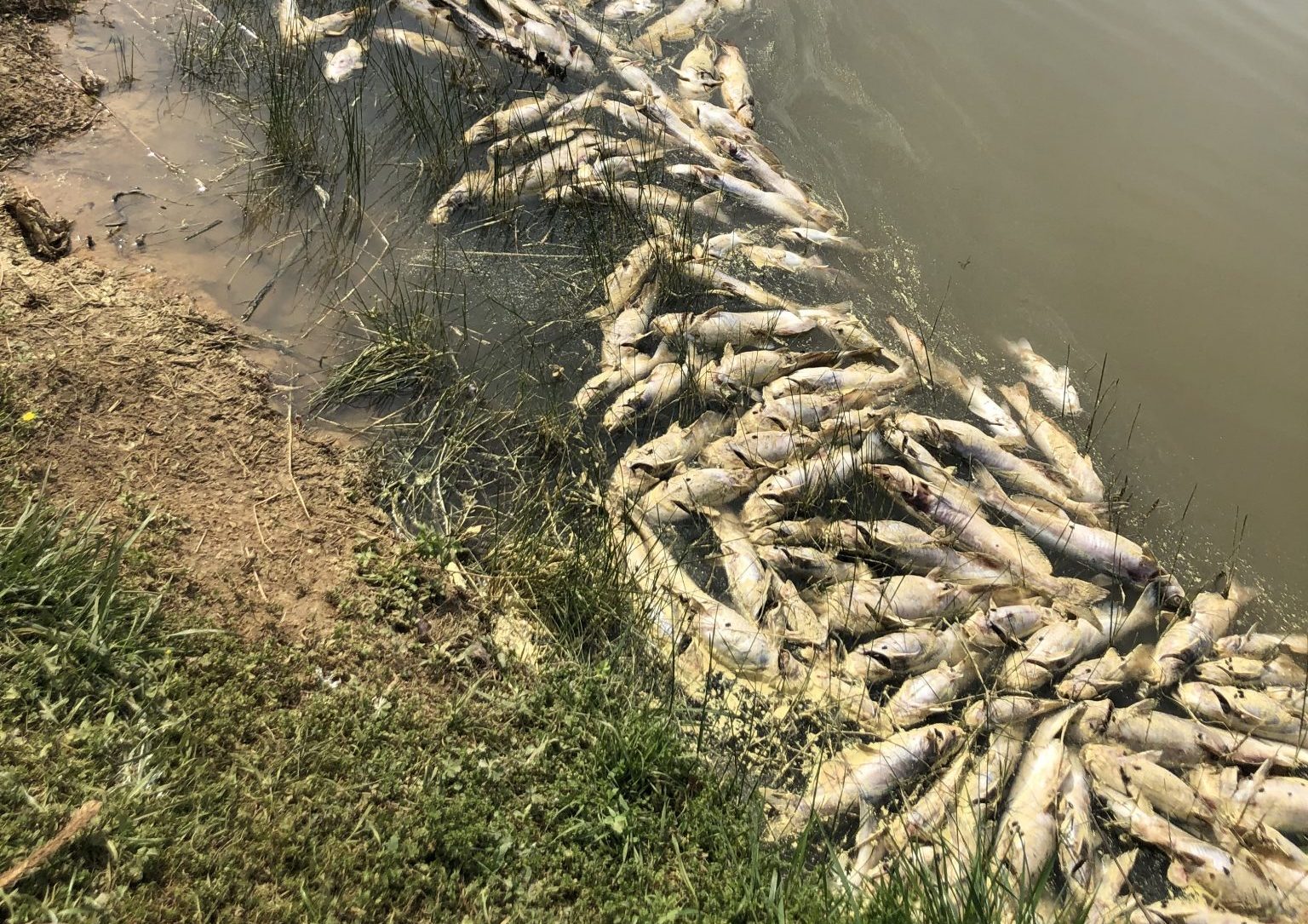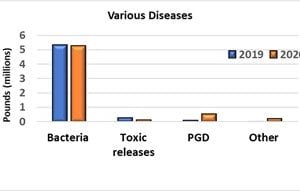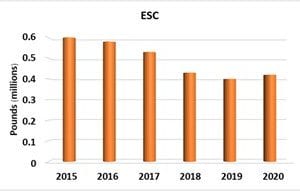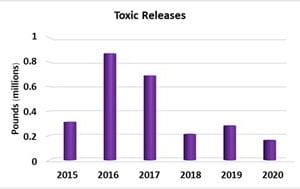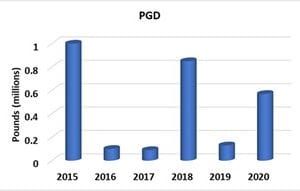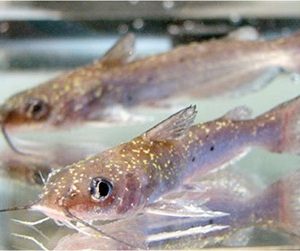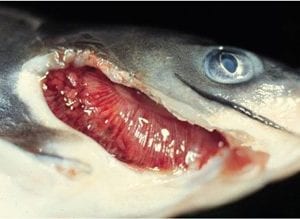Fish & Water

Based on the annual Alabama Catfish Disease Survey, the 2020 catfish production season suffered several losses. The survey was responded to by 66 of the 67 producers in west Alabama representing a total of 16,146 acres of production. Of the total acreage, 3,352 acres were used to raise hybrid catfish. The survey showed that there were 1,461 ponds under commercial production with an average stocking rate of 7,531 head per acre. The reported total poundage lost to the five primary disease agents (virulent Aeromonas [Fig 1 and 2], Edwardsiella, Columnaris, PGD [hamburger gill], and Toxic releases) was about the same between the two years with 5.26 million pounds of fish (2020) compared to 5.3 million lost in 2019 (Fig. 2). The estimated monetary loss to the Alabama catfish industry was $13,698,501 in 2020, a 9 percent increase from 2019. This value includes lost pounds of fish, medicated feed costs, chemical treatments, and lost feeding days.
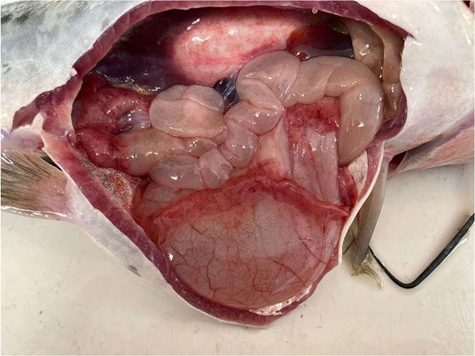
Figure 1. Channel catfish with clinical signs of virulent Aeromonas. Note the hemorrhage muscle and internal organs.
The primary cause of disease losses in Alabama continues to be from bacterial diseases; Aeromonas hydrophila (2.7 million pounds) followed by Columnaris (2.1 million pounds) and Edwardsiella or ESC (0.4 million pounds). Losses due to unidentified toxins were 0.15 million pounds—down significantly from 2019, which tallied 0.3 million pounds. Losses due to hamburger gill (PGD) were significantly higher in 2020 at 0.57 million pounds compared to 0.13 million pounds in 2019.
- Figure 2. Losses of channel and hybrid catfish in 2019 and 2020 by disease category.
- Figure 3. Annual losses of channel catfish and hybrid catfish to ESC in Alabama (2015-2020).
In 2020, the recorded losses of fish to columnaris were the second-highest year since 2015, while losses due to virulent Aeromonas were the lowest. Although losses due to virulent Aeromonas decreased in 2020, the increase in Columnaris disease losses resulted in higher overall fish losses due to bacterial diseases. Losses due to ESC, which had been steadily declining since 2015, showed a slight increase in 2020 (Fig. 3). Toxic releases were significantly lower the last two years (Fig. 4) and PGD was higher in 2020 compared to 2019 (Fig. 5).
- Figure 4. Annual losses of channel catfish and hybrid catfish to toxic releases in Alabama (2015-2020).
- Figure 5. Annual losses of channel catfish and hybrid catfish to PGD in Alabama (2015-2020).
Diseases in 2021
So far in 2021, a few cases of virulent Aeromonas were documented in January and February. Ich (Fig. 6) has been reported on several farms and caused massive mortalities. The AFFC has seen quite a few cases of hamburger gill (Fig. 7). If the gills of your fish look like raw hamburger, chances are the fish have it. Increased aeration will help alleviate the symptoms. As always, as the water warms up be on the lookout for Columnaris or cigar mouth. Remember early detection will prevent disease losses!
- Figure 6. Fish with Ich. Notice the appearance of white bumps that look like salt. (Photo: USDA, Cindy Ledbetter)
- Figure 7. Channel catfish with hamburger gill disease.

